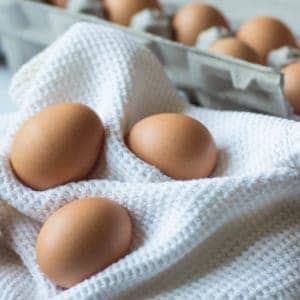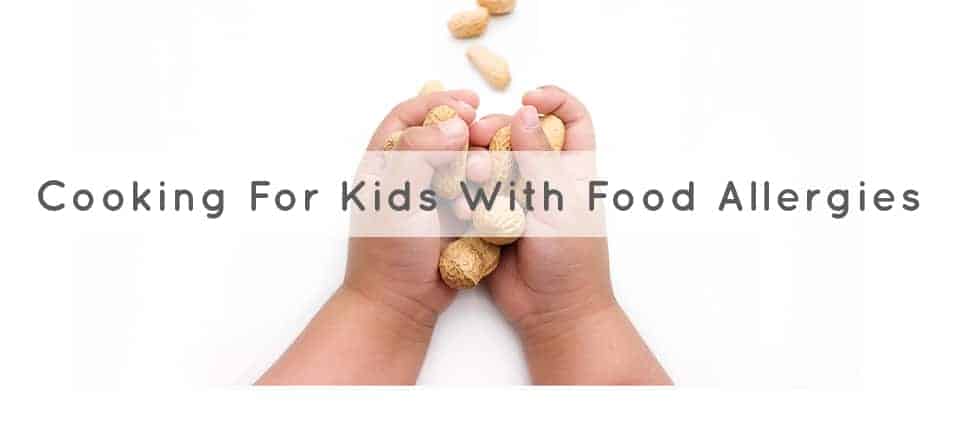Cooking for Babies with Allergies
Cooking for your baby can be incredibly intimidating, especially when allergies are involved. They add an entirely different layer of stress and complexity for the whole family. However, dealing with allergies inspires families to get back into the kitchen in an effort to prepare foods that are both nutritious and allergy-free. It has given me further purpose to provide recipes and tips to those families dealing with similar issues.
In a time when we are learning a lot about food and change in our environment, it is important to take a step back and reconnect with food quality, our confidence in the food choices we make, and to simply have fun. Yes, it’s still daunting, but hopefully the following advice can get you on the right path:
Step 1: Plan! Having kids with food allergies will get you cooking more often because that way you know exactly what is going in their food. But meal planning for the entire family can be a lot, especially if you are taking it day by day. I recommend organizing your recipes through programs like Pinterest, Evernote Food, and Chef Tap. That way, you can plan out your week of meals and your shopping list in advance.

Step 2: Focus on the gut. The gut is the center to our health, and since our kids are in the “building years,” we want to do whatever we can to promote healthy digestion. Often called the “second brain,” your gut is not only responsible for digestion and absorption, but it also affects immune function, and the ability to absorb key nutrients and prevent future allergies and chronic disease. The good news is you are in control of everything your baby eats. Try to include gut-boosting foods like those rich in probiotics: kefir, plain or full fat yogurt, and even the liquid of fermented vegetables (like the juice from sauerkraut). Reach for healing foods like bone broth and healthy fats like avocado, olive oil, coconut oil, and nut/seed butter.
Step 3: Experiment. Because babies/kids with food allergies need to cut out so much from their diets, it’s important to keep experimenting in the kitchen. Try different foods, spices, and herbs so your child and the whole family is presented with new options, preventing the dreaded food rut!
 Step 4: Learn substitutions. As you get into making smoothies, sauces, dips, and baked goods, start to familiarize yourself with ways to make easy substitutions! Whether it’s the various gluten free flours, egg substitutes, different nut or seed butters, realize there are a ton of new products hitting the market every day!
Step 4: Learn substitutions. As you get into making smoothies, sauces, dips, and baked goods, start to familiarize yourself with ways to make easy substitutions! Whether it’s the various gluten free flours, egg substitutes, different nut or seed butters, realize there are a ton of new products hitting the market every day!
Step 5: Get kitchen ready. If cross contamination is a concern, I recommend you make a few swaps in your kitchen. Wood cutting boards tend to absorb allergens and aren’t dishwasher safe. Instead, start using silicone and plastic boards. If a wood board is used, be sure to label it so everyone in the family knows what can be prepped on it. Same goes for cast-iron skillets. Although they are known for aiding in flavorful dishes over time, it’s tough to remove certain particles, so opt instead for stainless steel pans.
Happy cooking!





Leave a Reply
Want to join the discussion?Feel free to contribute!